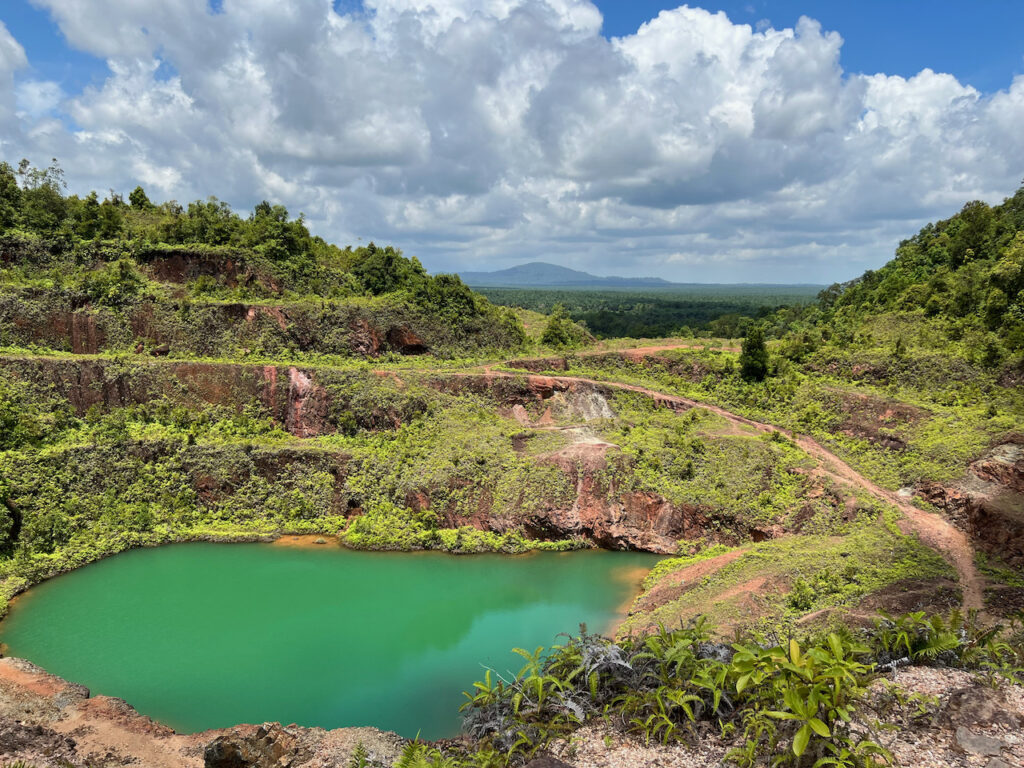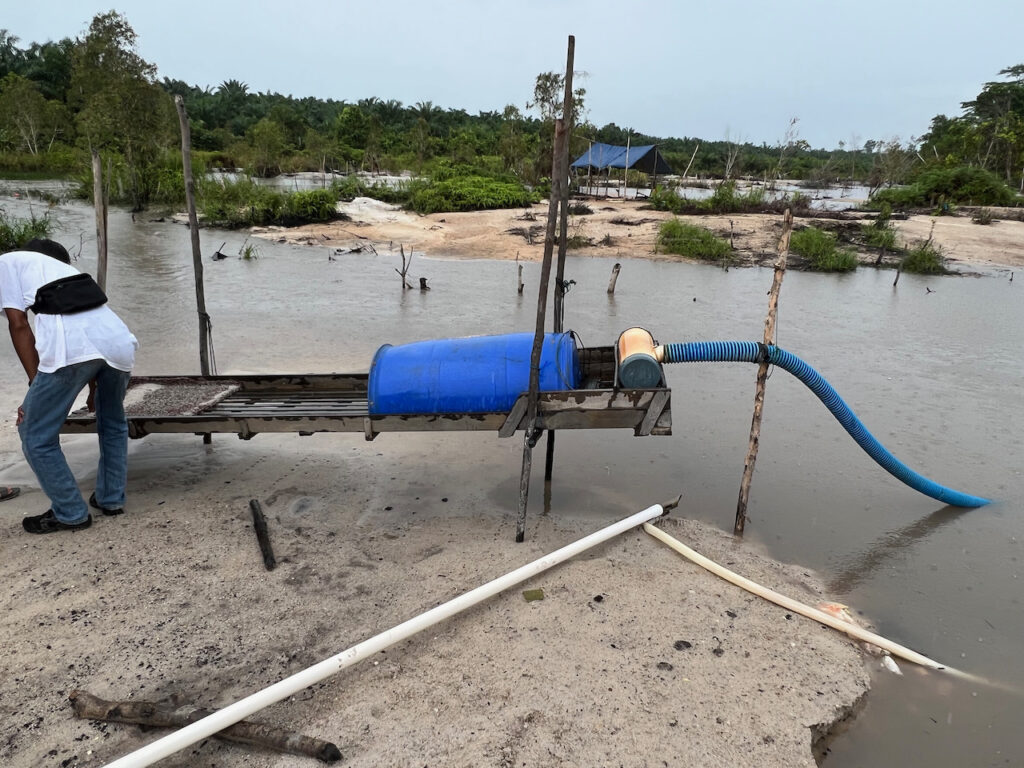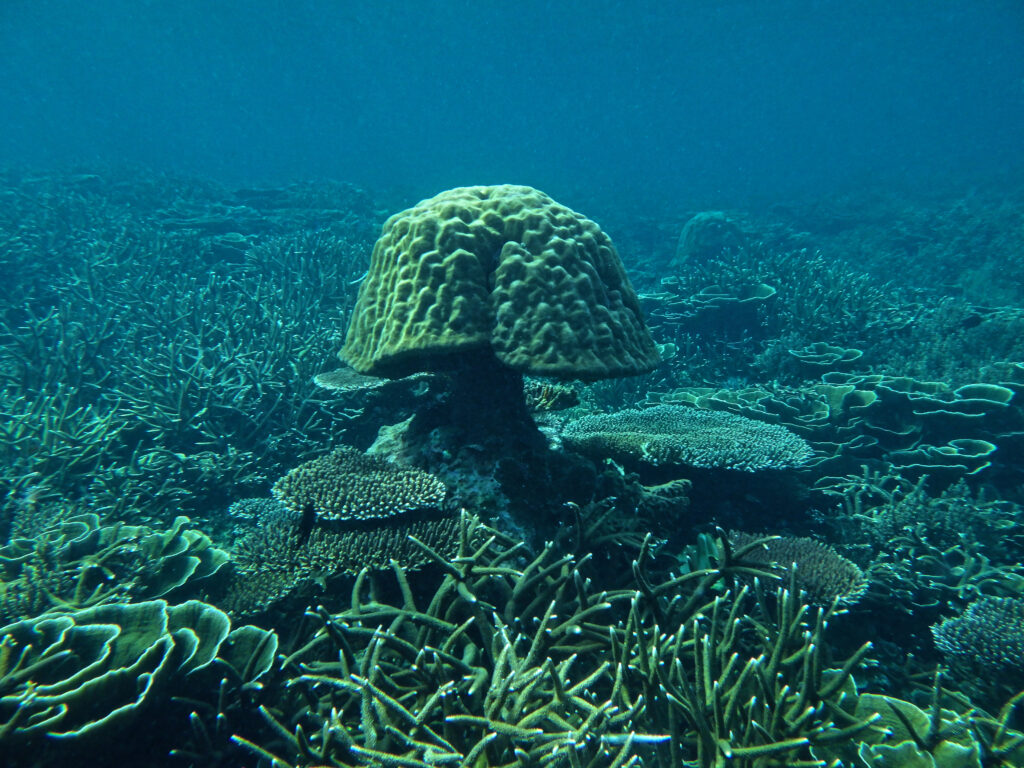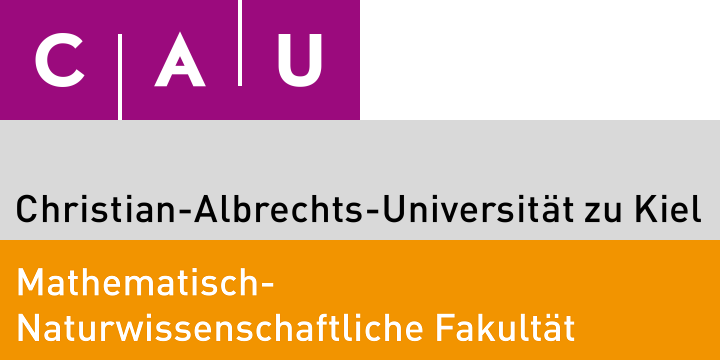

Indonesia is the largest archipelagic nation in the world and harbors approximately 18 percent of the world’s coral reefs. Human dependence on coral reef ecosystem services is highest in the world. However, Indonesia is a rapidly developing country and reefs are impacted by land-based pollution which affects the diversity and coral cover of its coral reefs. In addition, Indonesia’s coral reefs are threatened by the global rise in sea surface temperatures (SSTs) driven by the anthropogenic rise in atmospheric CO2. Anomalously high SSTs cause thermal stress events leading to coral bleaching and mortality with increasing frequency in the near future. One of the greatest scientific uncertainties concerning the decline of coral reefs is how local human impacts, such as coastal pollution, interact with global climate change. The conventional view is that pristine coral reefs are more robust to coral bleaching. However, this has been challenged recently based on the observation that coastal pollution favors corals that are also more robust to elevated water temperatures. Belitung Island (Indonesia) is an ideal site to test these two hypotheses. The island is part of the SE Asian tin belt, and tin has been mined since the 1860s. Coastal runoff and pollution has affected Belitung’s coral reefs over long periods of time. Near-shore coral reefs grow in turbid water and are dominated by large, dome-shaped Porites corals, which are more robust to runoff, pollution and thermal stress than branching corals. TINBELT aims to (I) monitor coral cover and seawater chemistry along near-shore to fore-reef transects at two sites impacted by mining activities; (II) use long-lived Porites corals to monitor water quality in inshore and outer reef settings over time (river runoff: Ba/Ca; inorganic geochemistry: mining activities); (III) reconstruct the accelerated rise of SSTs since 1970 at the reef-scale using coral Sr/Ca ratios and (IV) investigate the corals response to recent thermal stress events using CT images and trace element signatures. Historical and Holocene coral samples are used to establish baselines of natural variability. Part of the project will be dedicated to the development of analytical protocols for the novel LA-ICP-OES and the LASS-ICP-OES/ICP-MS in split-stream mode, which should significantly advance studies on pollution and temperature-related stress in coral reefs. TINBELT addresses a major goal the SPP 2299 (Topic B): How do large-scale stressors such as rising temperatures and ocean acidification interact with local stressors (river runoff, nutrient loads, pollution) over time?
Principle Investigators
Dieter Garbe-Schönberg (Kiel University (CAU))
Miriam Pfeiffer (Kiel University (CAU))
Project Scientist
Takaaki (Konabe) Watanabe (Kiel University (CAU))



